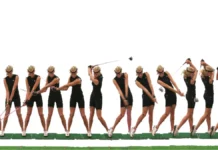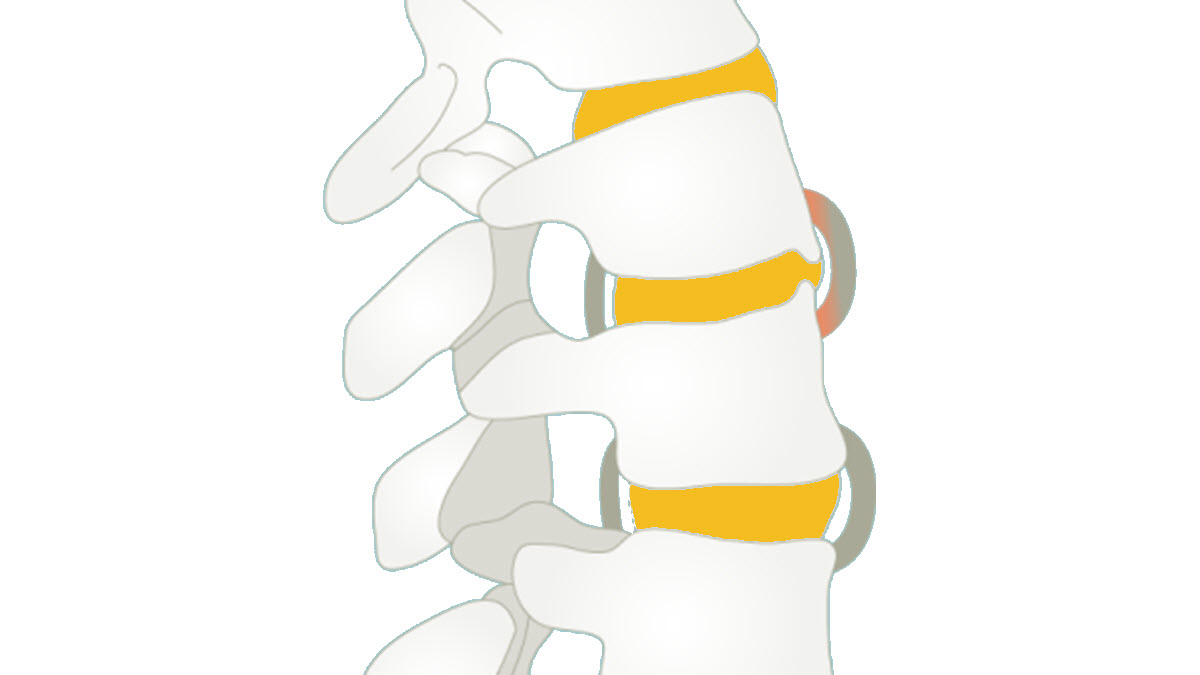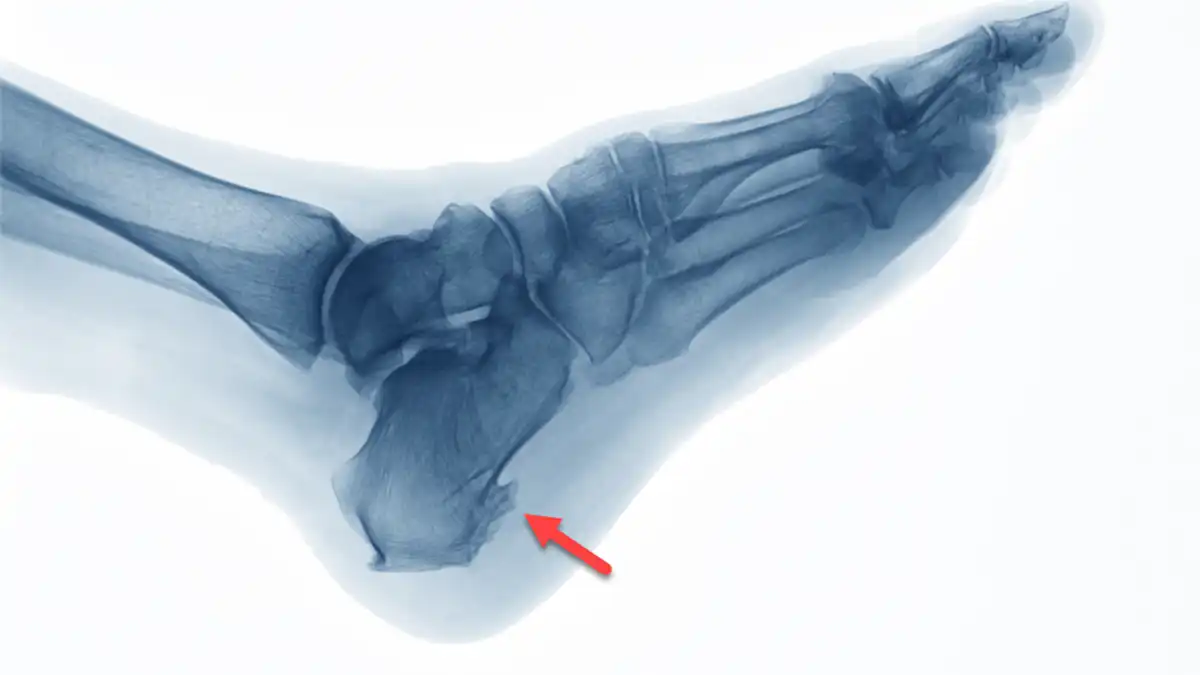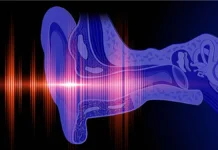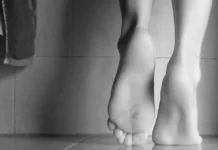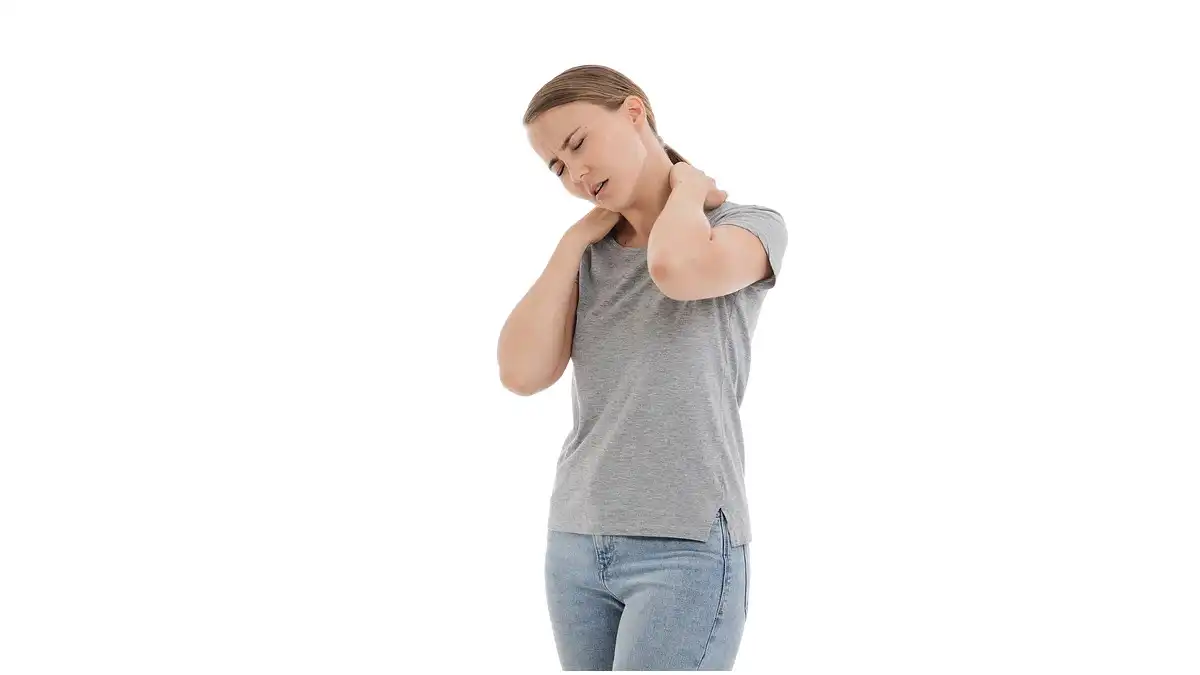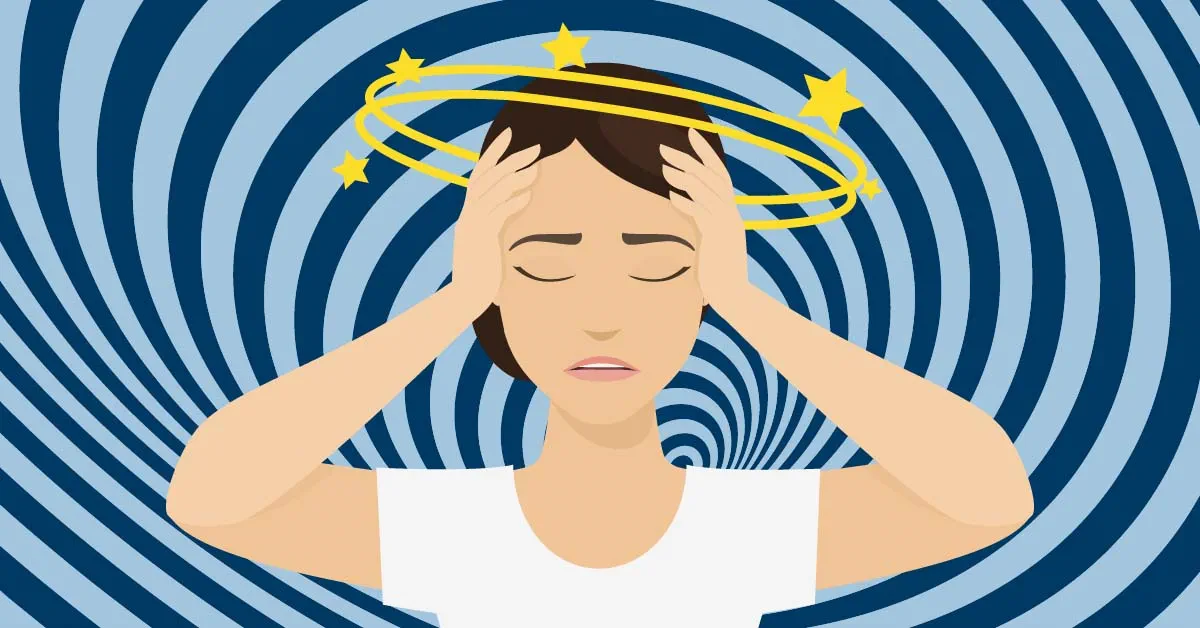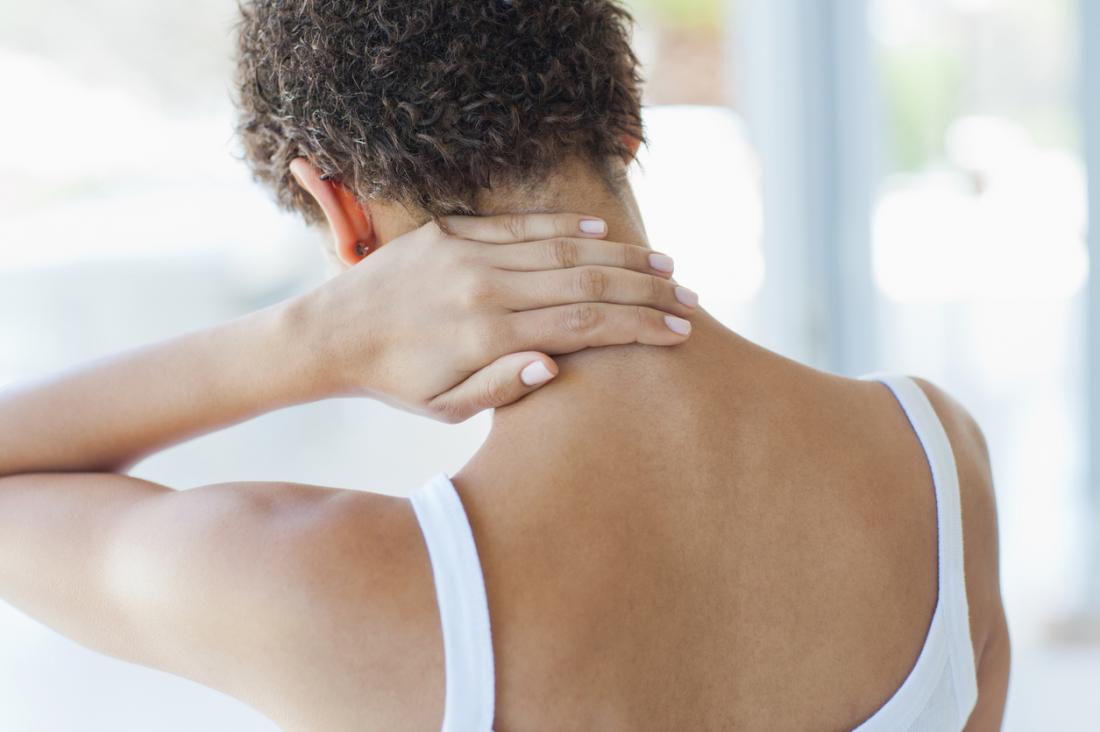The second part of our in-depth study, titled “Zero Gravity, Balanced Spines: Promising Innovations for Life in Space,” explores the innovative solutions emerging to address the physiological challenges posed by the absence of gravity in space. space travel.
Examining emerging technologies and scientific advances, we delve into the world of muscle support devices, methods of maintaining bone density, and rehabilitation technologies specifically designed for astronauts on space missions. These innovations promise to revolutionize the way we think about and approach the physical implications of living in zero gravity.
We also explore ongoing research in bioengineering and advances in space medicine, highlighting developments that have the potential to transform how astronauts maintain musculoskeletal health while operating in environments devoid of gravity. This part thus offers a captivating overview of the efforts being made to ensure the sustainability and well-being of space explorers in future missions.
Through this exploration of promising innovations, we highlight the transformative potential of science and technology to overcome the physiological obstacles inherent to life in space, paving the way for an exciting era of discovery and adaptation for humanity beyond terrestrial borders.
Living in space presents significant challenges to the human body due to the lack of gravity. Scientists are exploring several alternatives and potential solutions to mitigate the harmful effects of weightlessness on the body. Here are some of the alternatives considered:
- Artificial Gravity Simulators: Creating artificial gravity inside spaceships or habitats on other planets is a possibility. This could be achieved using rotating platforms that generate centrifugal force simulating Earth’s gravity.
- Targeted Physical Exercises: Implement specific physical exercise programs designed to counter the loss of bone and muscle mass. These exercises could be adapted to simulate the forces encountered in a gravitational environment.
- Specific Diets: Diets enriched with essential nutrients for maintaining bone health could be developed. Specific food supplements could also be used to compensate for deficiencies caused by the lack of gravity.
- Combination of Medications and Therapies: Research into specific medications and therapies to prevent bone and muscle loss is ongoing. Some medications, such as bisphosphonates, have shown promising results in preserving bone density.
- Genetic Engineering and Body Modifications: Research into genetic engineering could eventually make it possible to design genetic modifications aimed at strengthening the human body’s resistance to conditions of weightlessness.
- Studies on Other Forms of Gravity: Exploring alternatives to Earth’s gravity, such as partial gravity on the Moon or Mars. Although these environments have lower gravity levels than Earth, they could offer an intermediate solution for maintaining physical health.
- Research on Innovative Materials and Technologies: The development of advanced materials and innovative technologies for the design of habitable spaces could help minimize the impact of the absence of gravity on the human body.
It is important to note that all of these alternatives are still in the research and development phase, and it will take considerable effort to implement them in long-term space missions. Continued understanding of the impact of weightlessness on the human body is essential to designing effective solutions for astronauts to live and work sustainably in space.








